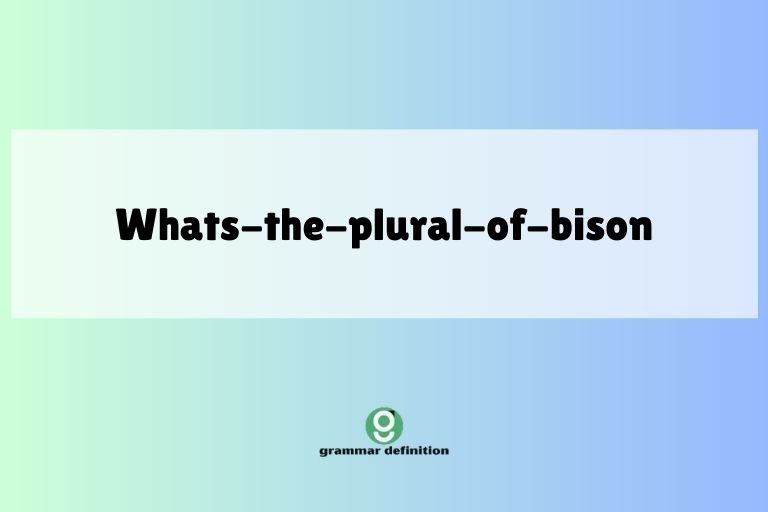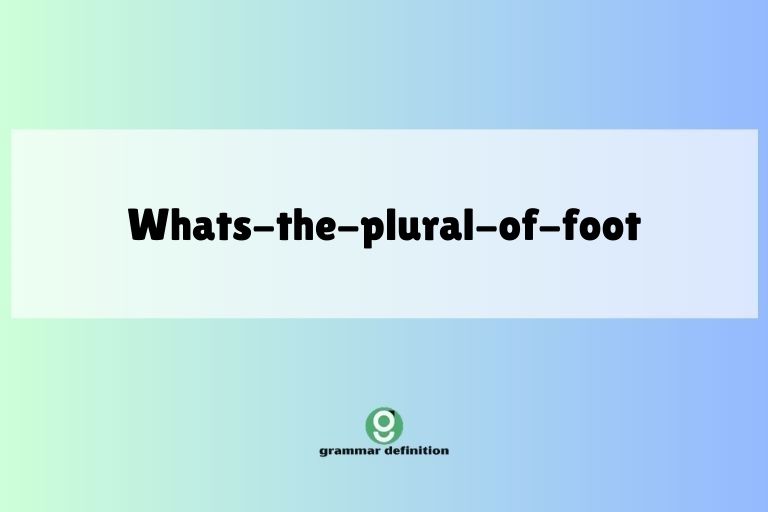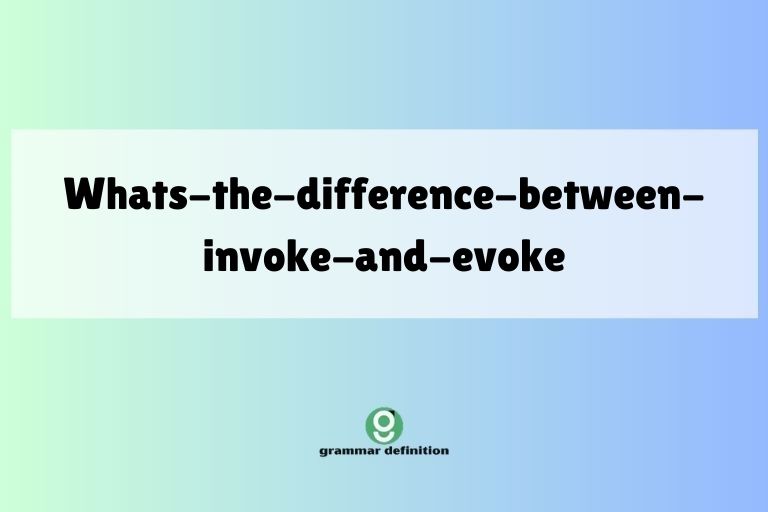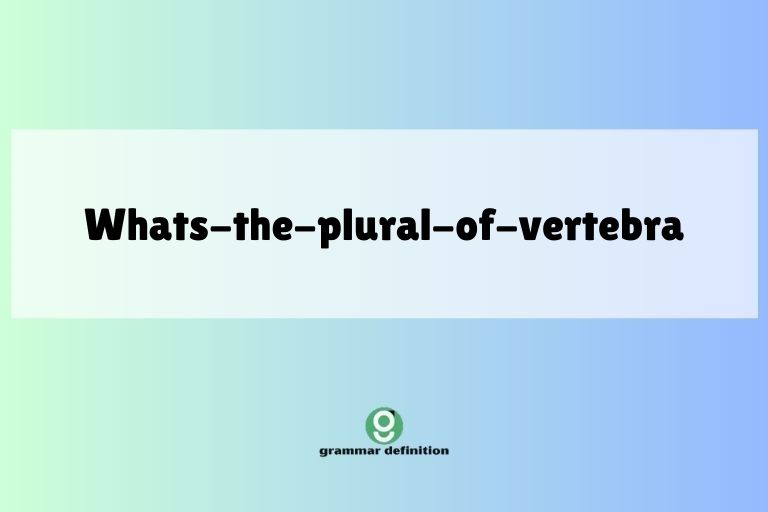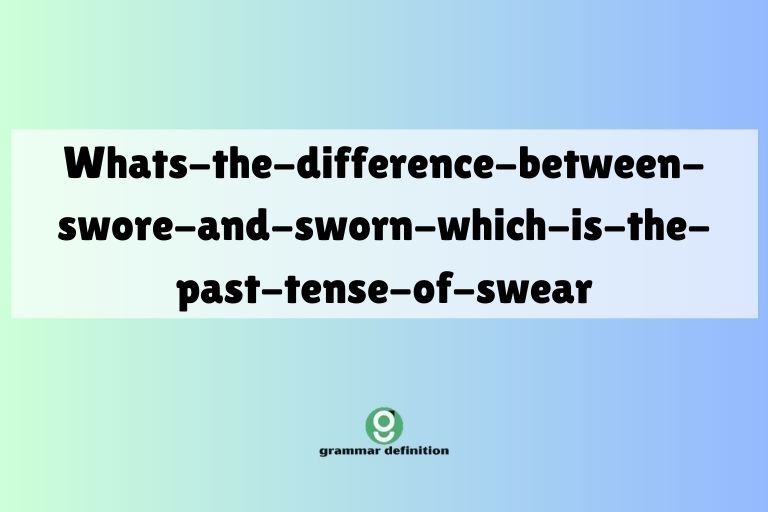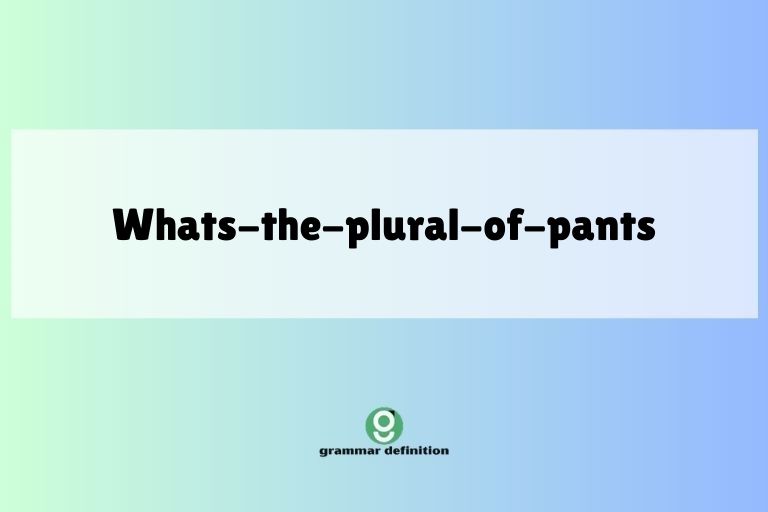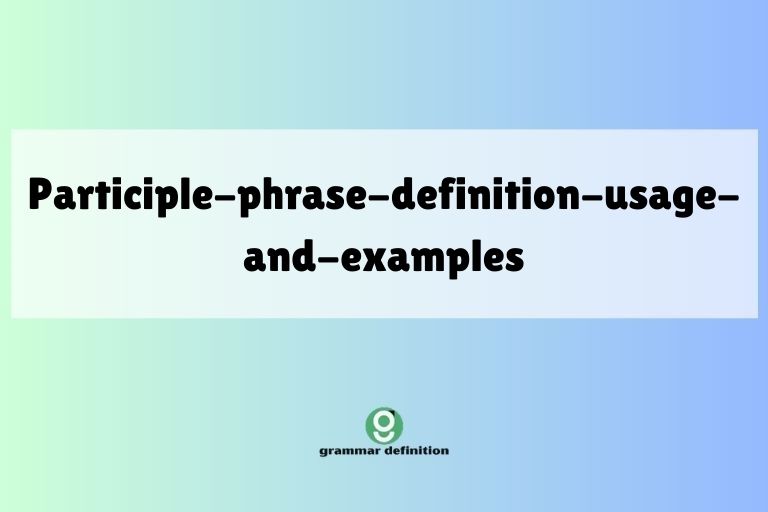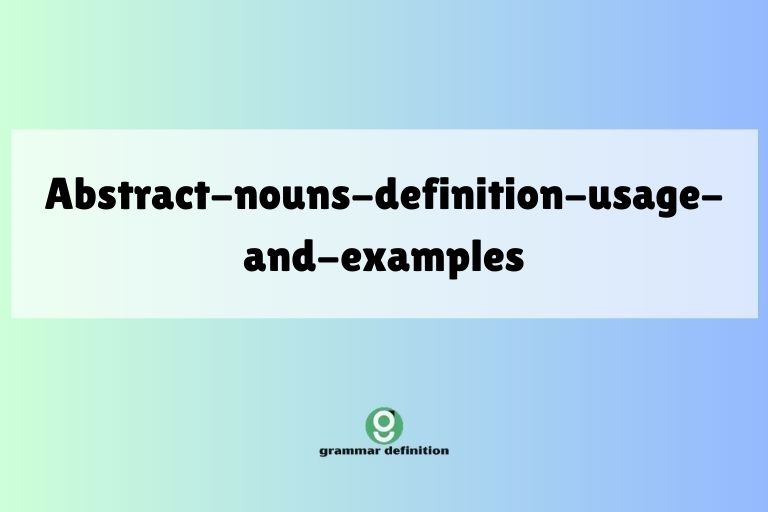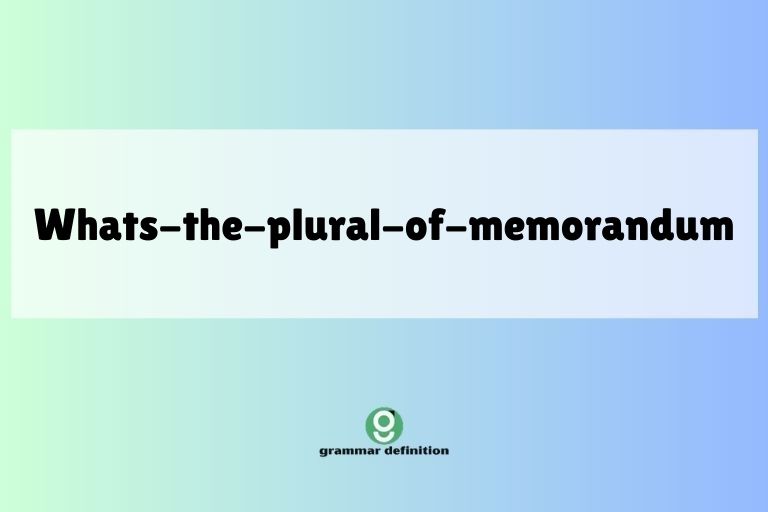What’s the Plural of Child? A Comprehensive Guide
Understanding the pluralization of nouns is a fundamental aspect of English grammar. While most nouns simply add an “-s” to form their plural, some nouns, like “child,” follow irregular patterns. Mastering these exceptions is crucial for clear and accurate communication. This article provides a comprehensive guide to the plural of “child,” exploring its definition, usage, … Read more


